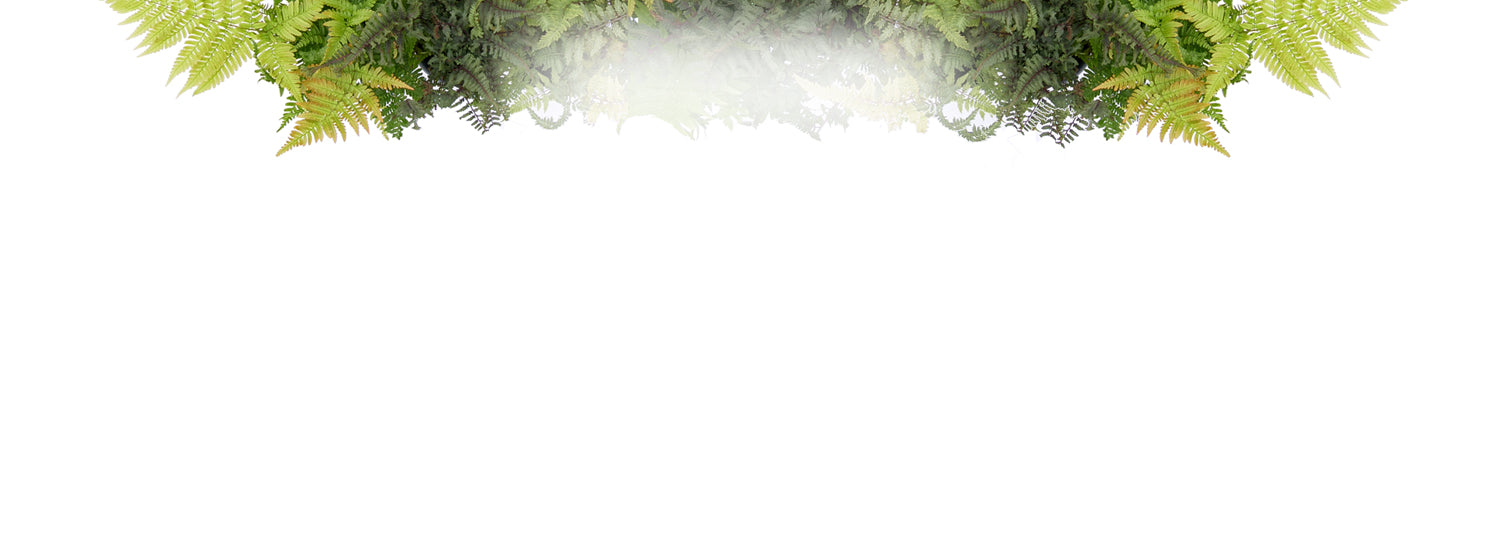Description
Plant spacing is based on the ultimate width of the plants. This figure is normally given as a range; for example, 3-5’. If you live in a cold climate and/or want plants to fill in more quickly, plan to space at the shorter end of the range. If you live in a warm climate, are on a limited budget, or are willing to wait longer for plants to touch, use the higher end of the range. Using the larger number is recommended when calculating distance from a building or structure. There’s really no such thing as "maximum spacing": if you don’t want your plants to touch, you can space them as far apart as you’d like. All plant spacing is calculated on center, or in other words, the centers of the plants are spaced one half of their eventual width apart:

Unless you are planting in a straight line, as you might for hedges or edging, space your plants in a staggered or zig-zag pattern for a more interesting and naturalistic look:

Hand-picked at our greenhouse
Shipped to your door
Arrives as young plant
Pollinators play a vital role in our ecosystems, gardens, and especially our food chain. Flowers produce pollen as a means of reproduction. While there are so many pollinator-friendly plants to choose from, here are seven of our favorites. You’ll love them, and the pollinators will too.
The plants have bred in the ground a month. Haven’t grown so too early to say.
We're sorry you're having trouble with your plants. Our team of horticulture experts would love to take a closer look! Please contact us at claims@greatgardenplants.com with your order number and photos of the plants so we can better assist you. All orders are covered by our 60-day guarantee. We look forward to helping! https://bit.ly/ggp-guarantee
Delicate but hearty little beauty. One plant produced graceful white stems. Hoping next year all will.
We will notify you on events like Low stock, Restock, Price drop or general reminders so that you don’t miss the deal



